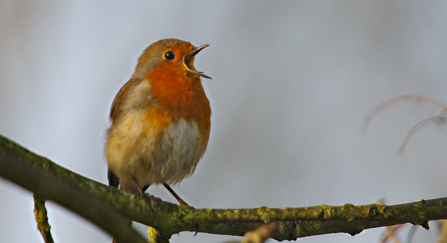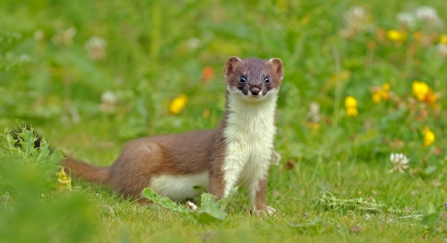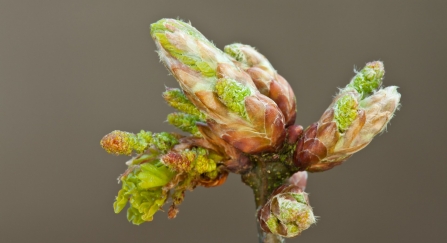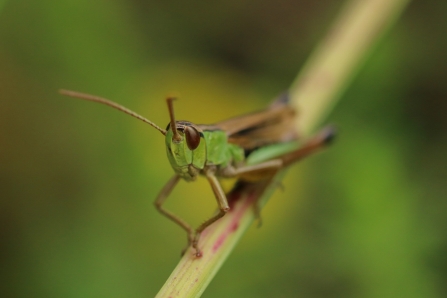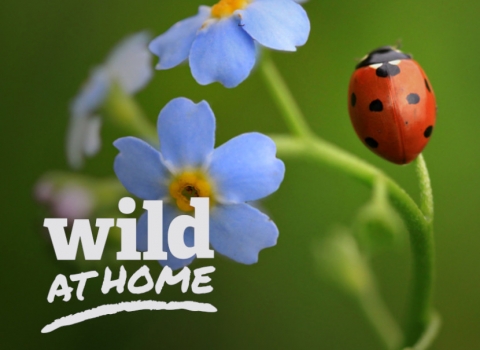Thankfully there are plenty of free apps to help you to identify and learn the names of the wonderful flora and fauna around you. Some will even help us build up a better picture of what wildlife we have in Hertfordshire and Middlesex by allowing you to submit photos and record your findings. With the help of these apps it’s never too late to start the journey to become a wildlife expert!
This is a very useful bird identification app which takes you through a few simple questions (size, main colour, location and where you saw it) in order to create a list of possible sightings. The species photos are good quality with male, female and juvenile photos to aid identification. Species information is included plus a map of their distribution and sound files of their song and call.


